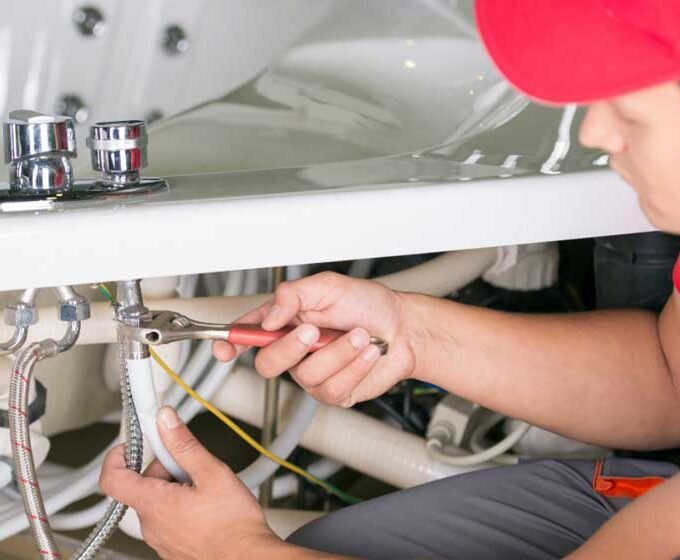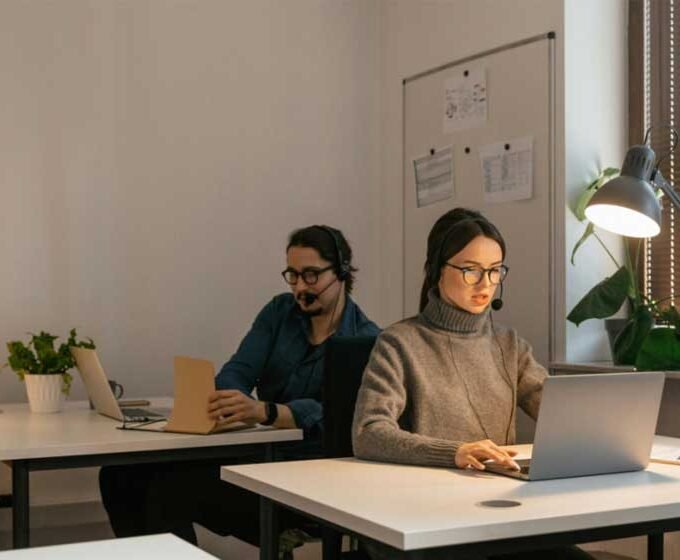Embarking on a journey to become a massage therapist involves more than just theoretical knowledge. The practical side of massage therapy education, often characterized by hands-on learning, plays a pivotal role in shaping competent and confident practitioners. In this article, we’ll explore the significance of hands-on learning in massage therapy schools, its impact on student development, and how it prepares individuals for successful careers in the field.
The Essence of Touch in Massage Therapy
At the heart of massage therapy lies the transformative power of touch. Hands-on learning allows students to develop and refine their tactile skills, understanding the nuances of pressure, movement, and responsiveness. This direct experience is integral to mastering the art and science of massage.
Clinical Experience and Internships
Many reputable schools in massage therapy schools Edmonton incorporate clinical experience and internships into their curriculum. These opportunities provide students with real-world exposure, allowing them to work with actual clients under the supervision of experienced instructors. This practical application is invaluable in bridging the gap between theory and practice.
Building Client-Practitioner Relationships
Effective massage therapy extends beyond technical proficiency; it involves establishing trust and connection with clients. Hands-on learning teaches students not only how to perform various massage techniques but also how to communicate with clients, assess their needs, and adapt treatments accordingly. This interpersonal aspect is crucial for successful client-practitioner relationships.
Anatomy in Action
While theoretical knowledge of anatomy is essential, hands-on learning brings anatomy to life. Students can palpate muscles, feel tissue textures, and understand the body’s three-dimensional structure. This kinesthetic understanding enhances their ability to identify and address specific concerns during massage sessions.
Reflexology, Trigger Points, and Specific Techniques
Hands-on learning allows students to explore specialized techniques such as reflexology and trigger point therapy. By practicing these techniques on actual clients or fellow students, aspiring massage therapists gain confidence and precision in their application, refining their ability to address specific issues and enhance overall well-being.
Ethical Practices and Boundaries
Understanding and maintaining ethical practices and professional boundaries is a crucial aspect of massage therapy. Hands-on learning scenarios often incorporate discussions and practical exercises that help students navigate these ethical considerations, ensuring a respectful and safe therapeutic environment.
Feedback and Adjustments
Immediate feedback is a hallmark of hands-on learning. Instructors can observe students in action, providing constructive feedback on techniques, body mechanics, and client interaction. This real-time guidance allows students to make adjustments and improvements, fostering continuous growth.
Incorporating Different Modalities
Massage therapy is a diverse field with various modalities and approaches. Hands-on learning enables students to explore different techniques, from Swedish massage to deep tissue work, sports massage, and beyond. This exposure allows them to discover their preferences and develop a well-rounded skill set.
Stress Testing Techniques
Hands-on learning is an opportunity for students to stress-test their techniques in a controlled environment. This experiential learning process allows them to understand how their methods respond to different body types, conditions, and client preferences, preparing them for the unpredictability of real-world practice.
Confidence Building
There’s a unique sense of confidence that comes from successfully applying learned techniques on actual clients. Hands-on learning instills a sense of assurance in students, empowering them to trust their skills and instincts as they transition from the educational setting to professional practice.
Integrating Wellness and Self-Care
Hands-on learning experiences often emphasize the importance of self-care for massage therapists. Students learn firsthand about the physical demands of the profession and discover techniques for maintaining their own well-being. This awareness contributes to the development of healthy habits that can sustain them throughout their careers.
Preparing for Certification and Licensing Exams
For many aspiring massage therapists, hands-on learning is crucial for preparing for certification and licensing exams. The practical skills acquired through direct experience contribute to the comprehensive knowledge needed to pass these assessments, ensuring that graduates are well-equipped to enter the workforce.
In conclusion, the practical side of massage therapy education is a cornerstone of a well-rounded and effective curriculum. Hands-on learning provides students with the experiential knowledge, skills, and confidence needed to excel in the dynamic and rewarding field of massage therapy. As students engage in tactile exploration, client interaction, and real-world scenarios, they not only refine their technical abilities but also cultivate the empathy and professionalism essential for success in their future careers.
















